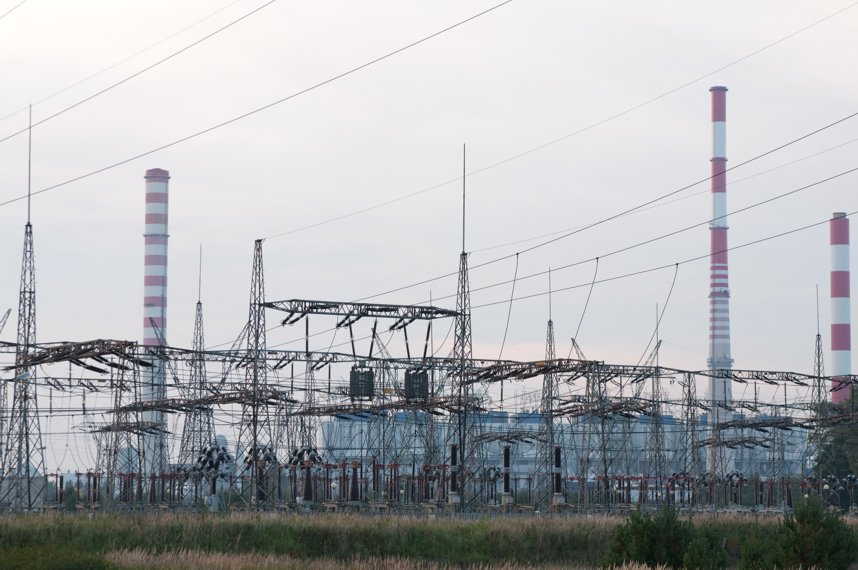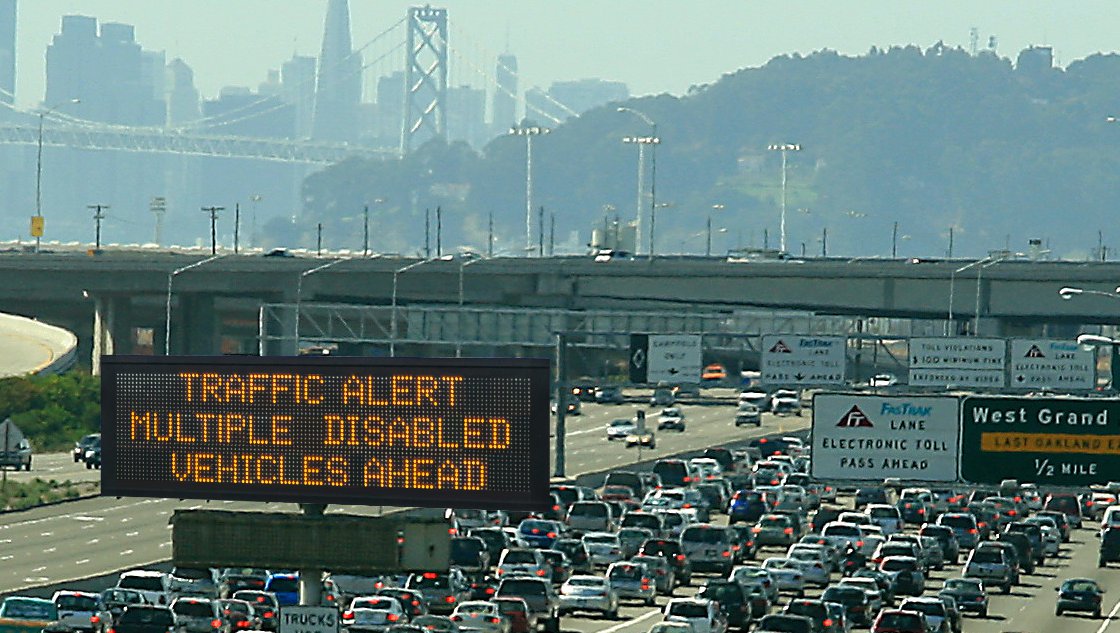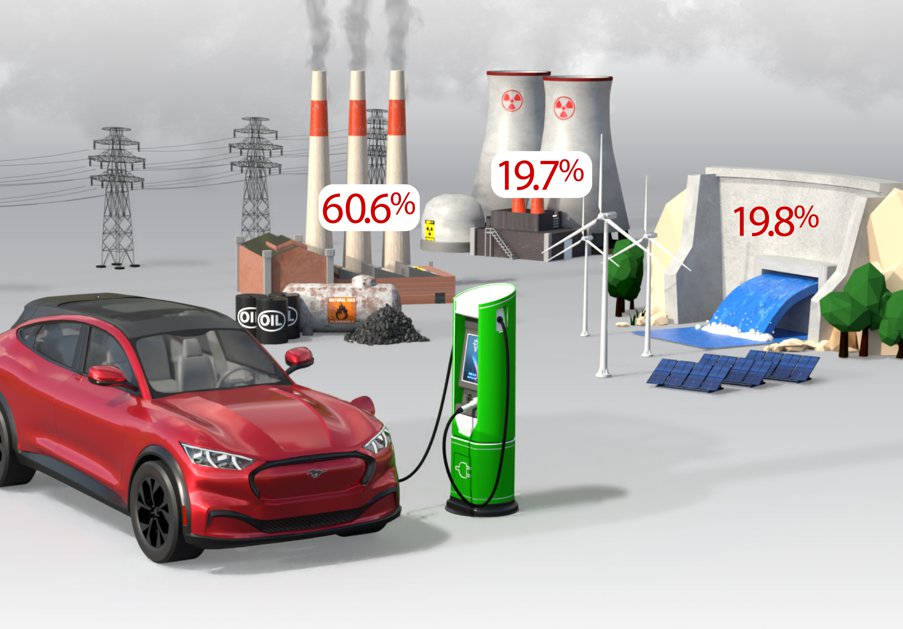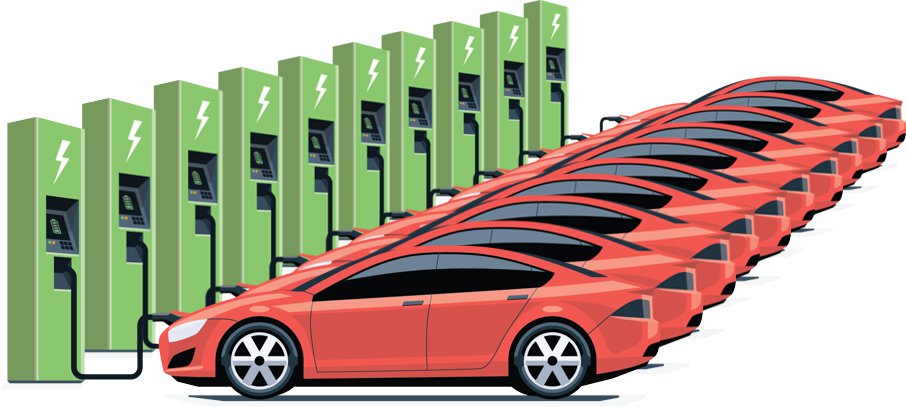The Alarming Truth About Our Electric Grid Efficiency
If we can get past the fact that 60% of the U.S. grid comes from burning fossils fuels. And, if we can get past the fact that some countries, like China, plan on building 43 new coal-fired power plants to meet its own electricity demands, there is another little known fact about electricity generation that gets little attention. (Source)
Two-thirds of the energy used in the generation of electricity is lost in conversion. Even more electricity is lost in transmission to the customer. (Source, Note 10 page 50). In fact, the only improvement apparent from the report is that electricity lost in transmission efficiency has improved from a 9% loss to 7% over the course of the last 47 year. (Efficiency note first appear in December 1984 report, (Source, page 46.) Power plant efficiency is burdened by the thermal limitation of thermal, mechanical, and generator inefficiencies. This detail is rarely discussed, however understanding the entire production cycle is critical to solving our worldwide CO2 emissions challenges. (Source)
For example, a recent National Academy of Sciences report exposed environmental negative impacts of agriculture-based ethanol. They determined that methanol process cycle emissions result in a higher contribution to global warming. This revelation highlights that complicated conversion processes must be scrutinized to solve CO2 emissions. (Source)
The WST effectively generates more than 554,000 kW per Tower
Electricity plants use what is equivalent to 3 kW of electricity to produce and transmit just 1 kW to the end user.
The Wind & Solar Tower™ does this by producing electricity at the point of delivery and does so with the free resources from wind and sun. There are no power plants, transformers, substations, power lines or miles of wire. And all components necessary to generate electricity are housed on or inside the Tower.
Each Tower generates 169,000 kW of electricity per tower per year. Considering that more than two-thirds of the energy used in the current production of electricity is lost during the conversion of that energy to electricity for the end user, the generation of electricity of 554,000 kW per Tower per year with no impact to the U.S. grid is important – and impressive.




